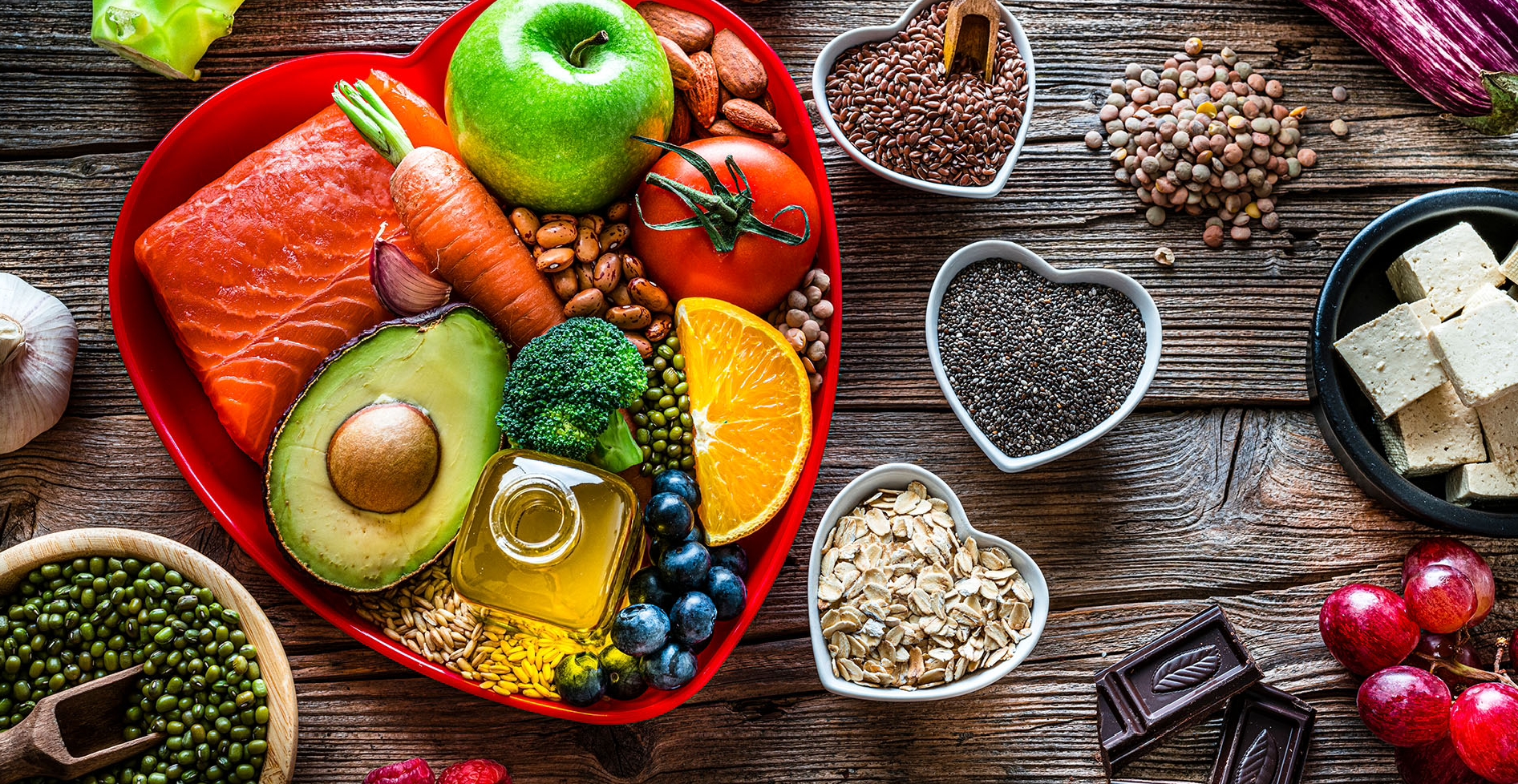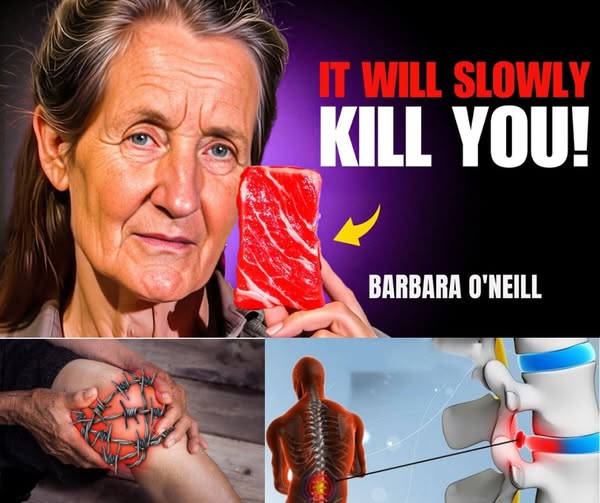Say Goodbye to Joint Pain Forever! CURE Inflammation Naturally
Joint pain and inflammation can affect anyone at any age, making it difficult to enjoy daily activities. Whether it’s arthritis, muscle strains, or general wear and tear, joint pain can be debilitating and disrupt your quality of life. But what if you could naturally treat inflammation and alleviate joint pain without relying on medications or invasive treatments?
In this guide, we’ll explore natural remedies and lifestyle changes that can help reduce inflammation and improve joint health, giving you a chance to live pain-free!
Understanding Joint Pain and Inflammation
Joint pain often stems from inflammation, which occurs when the body’s immune system overreacts to injury, infection, or other triggers. This results in swelling, stiffness, and pain in the affected area.
There are many causes of joint pain, including:
Arthritis (Osteoarthritis and Rheumatoid Arthritis)
Bursitis (inflammation of the bursa)
Tendinitis (inflammation of tendons)
Gout (a form of arthritis caused by excess uric acid)
Muscle strain or ligament sprains
Chronic inflammation can lead to long-term joint damage if not addressed properly, so it’s crucial to find effective and sustainable methods to tackle it.
Natural Ways to Cure Inflammation and Relieve Joint Pain
Here are some proven natural treatments to help reduce inflammation and alleviate joint pain:
1. Anti-Inflammatory Foods
A healthy, anti-inflammatory diet plays a key role in healing your joints. Certain foods are packed with nutrients and antioxidants that can help reduce inflammation in the body.
Omega-3 Fatty Acids: These healthy fats are potent anti-inflammatory agents. Foods like salmon, mackerel, flaxseeds, and chia seeds are great sources of omega-3s.
Turmeric: Known for its active compound curcumin, turmeric is a powerful natural anti-inflammatory that helps soothe pain and swelling in the joints. You can add turmeric to your meals or drink it as a tea.
Ginger: Ginger has compounds that can help reduce inflammation, making it a great addition to an anti-inflammatory diet. It also has natural pain-relieving properties.
Berries: Blueberries, strawberries, and other berries are high in antioxidants like anthocyanins, which help fight oxidative stress and inflammation.
Leafy Greens: Vegetables like spinach, kale, and broccoli are rich in vitamins and minerals that promote joint health and reduce inflammation.
Olive Oil: Extra virgin olive oil contains oleocanthal, a natural compound that mimics the action of non-steroidal anti-inflammatory drugs (NSAIDs).
Nuts and Seeds: Almonds, walnuts, and flaxseeds are excellent sources of healthy fats and can help support the body’s natural anti-inflammatory response.
2. Herbal Supplements and Natural Remedies
There are several herbs and natural supplements that have been shown to help with inflammation and joint pain. These remedies are backed by scientific research and have been used for centuries to promote healing and reduce discomfort.
Boswellia (Frankincense): Known for its anti-inflammatory properties, Boswellia has been shown to reduce swelling and improve joint function in people with arthritis and other inflammatory conditions.
Devil’s Claw: This herb is known for its pain-relieving and anti-inflammatory properties. It has been used traditionally to treat conditions like arthritis and lower back pain.
Willow Bark: Willow bark contains salicin, a compound similar to aspirin, and can help reduce pain and inflammation. It’s often used to treat headaches, muscle pain, and joint discomfort.
MSM (Methylsulfonylmethane): MSM is a natural sulfur compound that can help reduce joint pain, inflammation, and stiffness. It’s commonly used in supplement form to improve joint health and mobility.
3. Stay Hydrated
Proper hydration is essential for joint health, as water helps lubricate the joints and prevent them from becoming stiff and painful. When the body is dehydrated, it can lead to joint stiffness, pain, and increased inflammation. Aim to drink plenty of water throughout the day, especially after exercise or strenuous activities.
4. Regular Exercise
While it may seem counterintuitive, exercise is one of the best ways to improve joint health and reduce pain. Low-impact activities such as walking, swimming, cycling, and yoga can strengthen the muscles around the joints, improve flexibility, and reduce inflammation.
Strengthening muscles around the joints can alleviate stress and pressure on the affected areas, helping to reduce pain.
Stretching exercises can improve flexibility and mobility, preventing stiffness and promoting better range of motion.
Yoga and tai chi are great forms of gentle movement that have been shown to reduce pain, improve joint function, and decrease inflammation.
5. Heat and Cold Therapy
Applying heat and cold to inflamed joints is an easy and effective way to reduce pain and swelling.
Cold therapy (ice packs or cold compresses) can help reduce inflammation and numb the area to alleviate pain.
Heat therapy (heating pads or warm baths) can relax tight muscles, increase blood flow, and improve flexibility in the joints.
Use cold therapy for acute inflammation (within the first 48 hours) and heat therapy for chronic pain or stiffness.
6. Maintain a Healthy Weight
Excess weight places added strain on your joints, particularly in weight-bearing areas like the knees, hips, and spine. This can increase inflammation and exacerbate joint pain. Maintaining a healthy weight reduces pressure on the joints, decreases inflammation, and improves overall joint health.
Eating a nutrient-rich diet and staying active can help you maintain a healthy weight, which in turn reduces the strain on your joints.
7. Mind-Body Practices
Stress can contribute to inflammation and increase sensitivity to pain. Engaging in mind-body practices such as meditation, deep breathing, and mindfulness can help reduce stress and alleviate pain associated with joint inflammation
Concluding remarks
You don’t have to let inflammation and joint discomfort rule your life. You may lessen inflammation, enhance joint health, and resume your favorite activities pain-free by implementing these natural therapies and lifestyle adjustments.
A comprehensive approach to joint care can result in long-lasting relief, ranging from exercise, stress management, and enough hydration to anti-inflammatory foods and herbal therapies. For a pain-free tomorrow, act now and begin your natural joint healing process!

